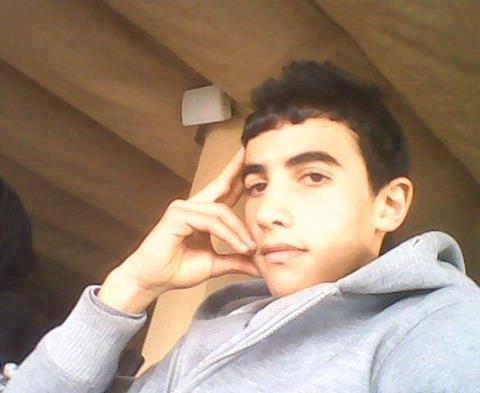Tag: Bethlehem
-
Activists continue to target the infrastructure of the Israeli occupation of the West Bank
23rd April 2013 | International Solidarity Movement, Bethlehem , Occupied Palestine By Team Khalil Palestinians and International activists held a brief demonstration outside the gates of an Israeli military base near Herodium mountain, east of Bethlehem. The activists stood outside the gates with Palestinian flags and shouted to the soldiers inside that the base was…
-
Teenager dies following shooting in Bethlehem
23 January 2013 | International Solidarity Movement, Bethlehem, Occupied Palestine On Friday January 18th at approximately 3.20 pm, fifteen year old Saleh Elamareen was shot in the head by an Israeli soldier in Aida refugee camp, Bethlehem. Today Wednesday 23 January he was pronounced dead. Salah Elamareen was outside the Lajee Refugee Centre when he…
-
House demolitions and forced displacments in Area C
By Abu Sarah 2 September 2012 | International Solidarity Movement, West Bank Demolishing tents donated by the UN On August 28 Israeli occupation forces demolished tents donated by the United Nations (UN) in the Palestinian village of Susiya in the South Hebron hills. This is the second similar demolition within three months. Displacement in Zenuta…

